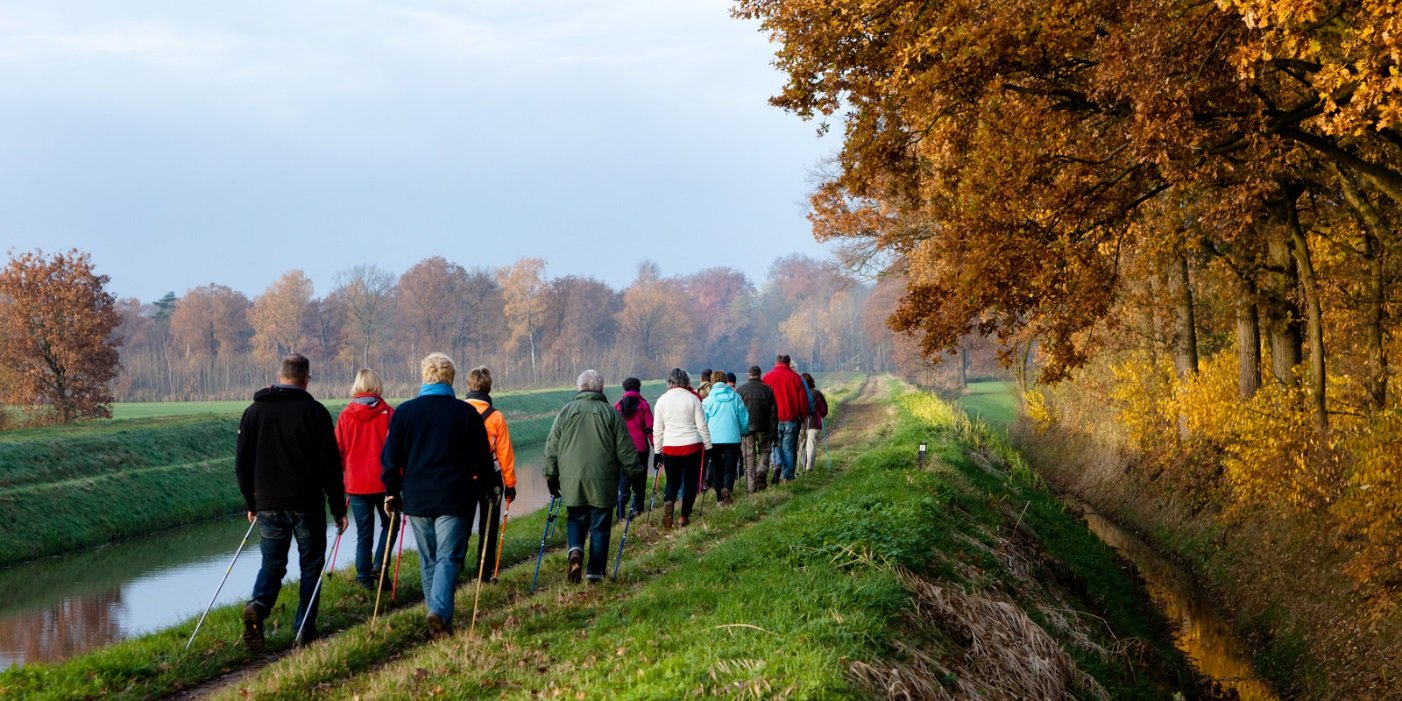
by Fern Shaw | Jan 25, 2017 | Water, water cooler
The winter weather is upon us, bringing with it time to bundle up, exercise less and usually eat less greens, and more of the comfort food … or so we’d think.
But, resorting to more hibernation type habits isn’t really the way to go (One of my personal mantras is ‘shoulda been a bear’ – as I believe hibernating for 8 months of the year is a sound idea). There are loads of options we can take in the winter months that actually aren’t that difficult to follow and can keep as summer lean in the process.
Keep exercising
I’m not suggesting that you swim the Channel or go running in minus ten degree weather, but if you attend a gym or health fitness club, keep up with it. In cold months, your own exertions will keep you nice and toasty while exercising, instead of trying to continuously cool down when you’re exercising in the summer months. Just remember to keep hydrated. You can become just as dehydrated in winter as you can in the summer. Drink water, lots of it.
If you don’t have access to a fitness club, exercise at home – there is tons of information on YouTube; on social media or on the internet in general that can give you adequate instruction on exercise regimes you can follow to keep toned up.
Bulk up with rich healthy food
Again, the instinct (which is hard wired into our genetic code) is to eat rich, fatty foods in winter so we can bulk up and insulate ourselves. The thing is, we’re not seals and we don’t live in the Arctic (even if some days if may feel like it). There are loads of options to eat hearty warming food without packing on the weight.
The food in season right now is plentiful and it makes good sense, because if you eat with the seasons, it keeps your spend on food down, as in-season food is more readily available.
There’s such a huge range food that’s available this Autumn, you’ll be spoilt for choice:
Fruit- Pears; apples, cranberries; elderberries and quinces are all in season now.
Vegetables – Artichoke, beetroot; butternut squash; celeriac; celery; chicory; chillies; horseradish; leeks; marrow; parsnips; pumpkin; shallots; swede; sweetcorn and tomatoes.
Herbs and nuts – Almonds; brazil nuts; chestnuts; chives; hazelnuts; rosemary; sage; sorrel and walnuts.
For the meat eaters – Beef; duck; lamb; rabbit; turkey and venison.
Fish – Clams; cod; dover sole; haddock; halibut; hake; lobster; mackerel and plaice.
Finally, in the food annals – don’t forget about good old porridge: Oats provide soluble fibre called beta-glucan which can help lower LDL (bad) cholesterol. The fibre in oats makes it a slow-releasing carbohydrate which keeps blood sugars steady so should stop you reaching for a high-fat snack. If you are not a fan of porridge, add oats to smoothies, mueslis or yogurts, to bread or fish.
Don’t stop drinking your water!
Throughout all of this, keeping up with exercising; eating the right food, the most important winter months regime is to keep up with drinking water – if you’re averse to cold water, then drink warm water. If you’re drinking from your water cooler in the work place and the water’s a bit chilly, then adjust the thermostat.
Not only does water fill you up and make you less inclined to eat too much, but often when you think you’re hungry, you’re actually dehydrated, so drinking enough water is a win-win all round.
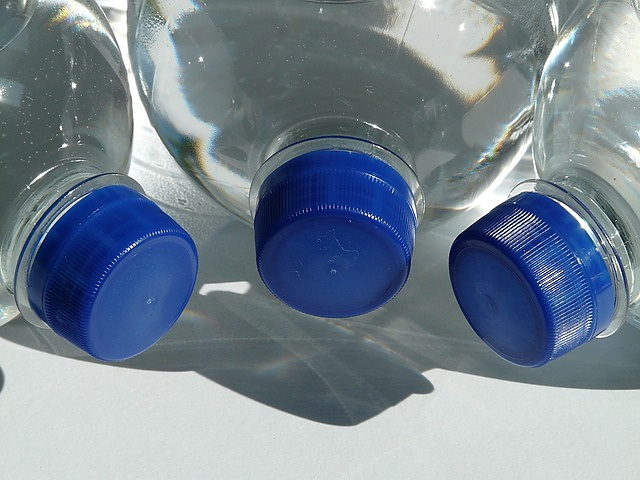
by Fern Shaw | Jan 25, 2017 | Health and Hydration, Water
I know we keep on at you, dear hallowed visitor of the blog, about how important it is to keep hydrated and it can get a bit much, but, here’s the thing – it IS important. As in possibly the most important thing that keeps your wonderful self alive and operational, not to mention functioning, lucid, thinking, your organs doing what they need to do, your skin all plumped up and your eyes shiny berry clear.
Here are some fast facts just to give you an indication of how true my mention of your organs needing water to function is:
- Your brain is 75% water.
- Blood is 92% water.
- Your bones are 22% water.
- Your muscles (or musskills as my family call them) are 75% water.
See? I wasn’t kidding when I said how crucial keeping hydrated is!
Adverse effects from not drinking enough water include digestive, skin, bladder and kidney problems, fatigue, and even headaches. We need water as much as the air we breathe in! Keeping your body hydrated is not a joke.
Did you know that dehydration actually sets in just before you start feeling thirsty? Sipping water throughout the day is the best way to handle it. Always have a bottle or a glass of water handy. If you’re not a morning person, having two glasses of water right after you wake up will boost up your blood pressure to normal levels, and it’s way healthier than having your first coffee on an empty stomach. This I can personally attest to – I’m the antithesis of a morning person, but I started with 2 glasses of warm-ish water in the mornings when I wake up and I’ve stuck with it. I’ve since noticed a marked difference in my energy levels – not huge – but marked, if I don’t start the day drinking water.
Many of us believe that merely drinking fluids like sweetened juices, cool drinks or tea will hydrate you as well as water does. This is not true. It’s actually the opposite. To deal with the excess sugar and salt you are taking in your body wastes immense amounts of precious water just to clean it out from your system. And if you love your coffee, make sure to drink one extra glass of water for every cup you have.
Drinking water regularly speeds up your metabolism and makes you feel more ‘full’. You will eat less once you start drinking more! It’s the safest and healthiest way to lose weight. Drink up!

by Fern Shaw | Oct 11, 2016 | mains fed water cooler, Water, water cooler, Water Coolers
AquAid has been in the business of providing water coolers for near on two decades. This means we have a wealth of experience in fulfilling your water and water cooler requirements, ranging from:
AquAid provide water coolers and services to more than 30 000 customers throughout England, Ireland and Scotland.
We continue to ensure the provision of the correct water cooler solutions to our customers, coupled with services that include;
Fortnightly delivery plus our exclusive emergency next day delivery, free of charge;
Ongoing water cooler maintenance by AquAid trained and experienced engineers;
Keeping your AquAid local and in doing so, keeping it ‘green’.
There are 29 AquAid depots across the length and breadth of the UK. This means a smaller carbon footprint in the delivery of our water coolers, bottled water deliveries and your water cooler maintenance.
If you’d like more information on AquAid Water Coolers, our range of products and services that we offer, please either contact us here or telephone us on 0800 772 3003 – we be delighted to assist you.
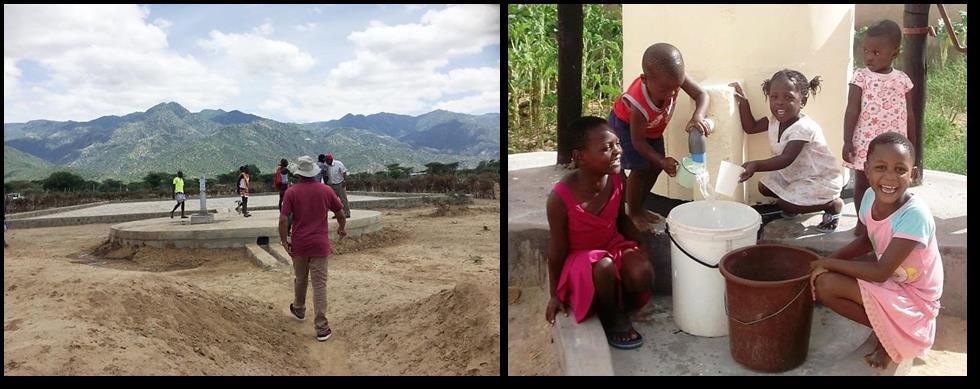
by Fern Shaw | Aug 31, 2016 | Christian Aid, Water
It’s a very important week in water this week, with the World Water Week summit taking place in Stockholm from 27 August to 02 September.
Participants from around the world will gather to convene events about water and development issues. It is also an opportunity for individuals from around the globe also present their findings at the scientific workshops.
The theme for this year’s summit is ‘Water for Sustainable Growth’.
Having recently returned from a visit to Ethiopia with Christian Aid, a charity that AquAid have partnered with since the company’s start in 1998; and having witnessed first-hand the vital need for water provision throughout the country, I can only concur that water provision to those that need it isn’t enough (although it’s a fantastic start!) – in order to make a difference in the long term – sustainable water provision is essential.
So, what can you do?
You can choose a water provider whose core belief is making a difference in other people’s lives. How so, you may ask? Well, simply put, AquAid have, from the start, donated to charities whose focus is on sustainable water provision. This means that for each bottle of water or water cooler purchase, a donation is made to these charities.
What do we do?
Of course, we’re a business and we operate on business principles. How we’re a little different is that a core business principle is to contribute to charities that make a difference. This is achieved through long standing relationships with charities such as Christian Aid and the AquAid founded Africa Trust.
Since our partnerships with these two charities began, AquAid have donated over £10 million to charity and more than 5 million people in more than 7 countries now have access to a better water source and a more sustainable ‘water’ future.

by Fern Shaw | Aug 19, 2016 | Water
We can’t always be stats and measurements and water saving tips. Sometimes we just have to go with the flow (aha) and celebrate the joys of descriptive language.
Keeping it watery, here are a few words from A to Z (or thereabouts) to describe the liquid bringer of life (unless you’re a vampire of course, then it’s a different story):
Aqueduct
Brook
Cloudburst
Fluvial is a term used in geography and geology to refer to the processes associated with rivers and streams and the deposits and landforms created by them.
Monsoon
Oxbow – used to describe both a yoke for an ox and a particular shaped bend in a river. (I just learnt that – colour me proud!)
Precipitation is any product of the condensation of atmospheric water vapour that falls under gravity. The main forms of precipitation include drizzle, rain, sleet, snow, graupel and hail. Say it with me now … pre …cip …ee … tation! Isn’t that satisfying? (Okay, I’ll admit, there’s a little Rocky Horror colouring that watery descriptive word).
Qanat – an underground tunnel for carrying irrigation water.
Watery
Aren’t they lovely? Say them with me now Clowed BURST! Floo…vee…owl Mon…sooooon.
Do you have any favourite words describing water in all its magnificent permutations? If so, please feel free to add them in the comments section.

by Fern Shaw | Aug 1, 2016 | Water
To avoid any confusion, the title refers to islands around the island of Britain and Ireland and Scotland and not to the island of Britain itself. Yes?
Picture the scene – summer holidays many, many summers ago. An avid bookworm already at eight stands in a bookstore in town. Her parents have given her enough pocket money for a book – one book, mind you. She stares up at the colourful rows of books spines in front of her, spoilt for choice … she reads the title, ‘Five on a Treasure Island’ – and that was that; she was caught, completely. Islands forever after would be places of mystery, adventure and on occasion a little frightening.
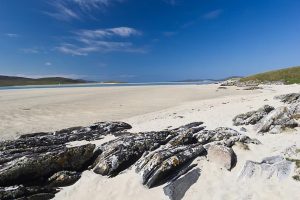 Why we’re talking islands is because in a recent blog about what to do and where to go this summer, I made mention of the option to visit an island steeped in history.
Why we’re talking islands is because in a recent blog about what to do and where to go this summer, I made mention of the option to visit an island steeped in history.
I was referring to Flat Holm Island whose earliest known visitor was St. Cadoc. He made frequent visits to the island in the late 6th century for periods of tranquil meditation, especially during Lent. During the 18th century, the island’s location made it an ideal base for smuggling. Although Flat Holm is in full view of both the Welsh and English coasts, customs authorities were powerless to act as they had no boat to take them to the island. According to tradition, a small cave in the east cliff at Flat Holm was used for the storage of contraband, mainly tea and brandy.
Then there’s Eilean Donan (pictured above with castle) – a small tidal island where three lochs meet; Loch Duich, Loch Long and Loch Alsh, in the western Highlands of Scotland. A picturesque castle which lies just under a mile from the village of Dornie dominates the island. Since the castle’s restoration in the early 20th century, a footbridge has connected the island to the mainland.
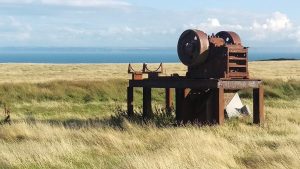 Eilean Donan is part of the Kintail National Scenic Area, one of 40 in Scotland. In 2001, the island had a recorded population of just one person. The name of the island which means simply ‘island of Donnán’, is named after Donnán of Eigg, a Celtic saint martyred in 617.
Eilean Donan is part of the Kintail National Scenic Area, one of 40 in Scotland. In 2001, the island had a recorded population of just one person. The name of the island which means simply ‘island of Donnán’, is named after Donnán of Eigg, a Celtic saint martyred in 617.
Eigg is one of the Small Isles, in the Scottish Inner Hebrides. It lies to the south of the Skye and to the north of the Ardnamurchan peninsula and was also called Eilean Nimban More – ‘island of the powerful women’ until the 16th century. Notably, Eigg generates virtually 100% of its electricity using renewable energy.
In case visiting these particular islands holds no appeal, never fear – there are more than 267 inhabited islands dotted in and around the United Kingdom:
- In the United Kingdom: 124 and part of Ireland
- In England: 19 and part of Great Britain
- In Northern Ireland: 1 and part of Ireland
- In Wales: 6 and part of Great Britain
- In Scotland: 97 and part of Great Britain
- Bailiwick of Guernsey: 6
- Bailiwick of Jersey: 1
- Republic of Ireland: 10 and part of Ireland
- Isle of Man: 2
So, pack your sarmies, your water bottle and your sense of adventure and celebrate summer with a visit to one or many of these amazing islands, steeped in history and full of folklore and tales of derring-do!

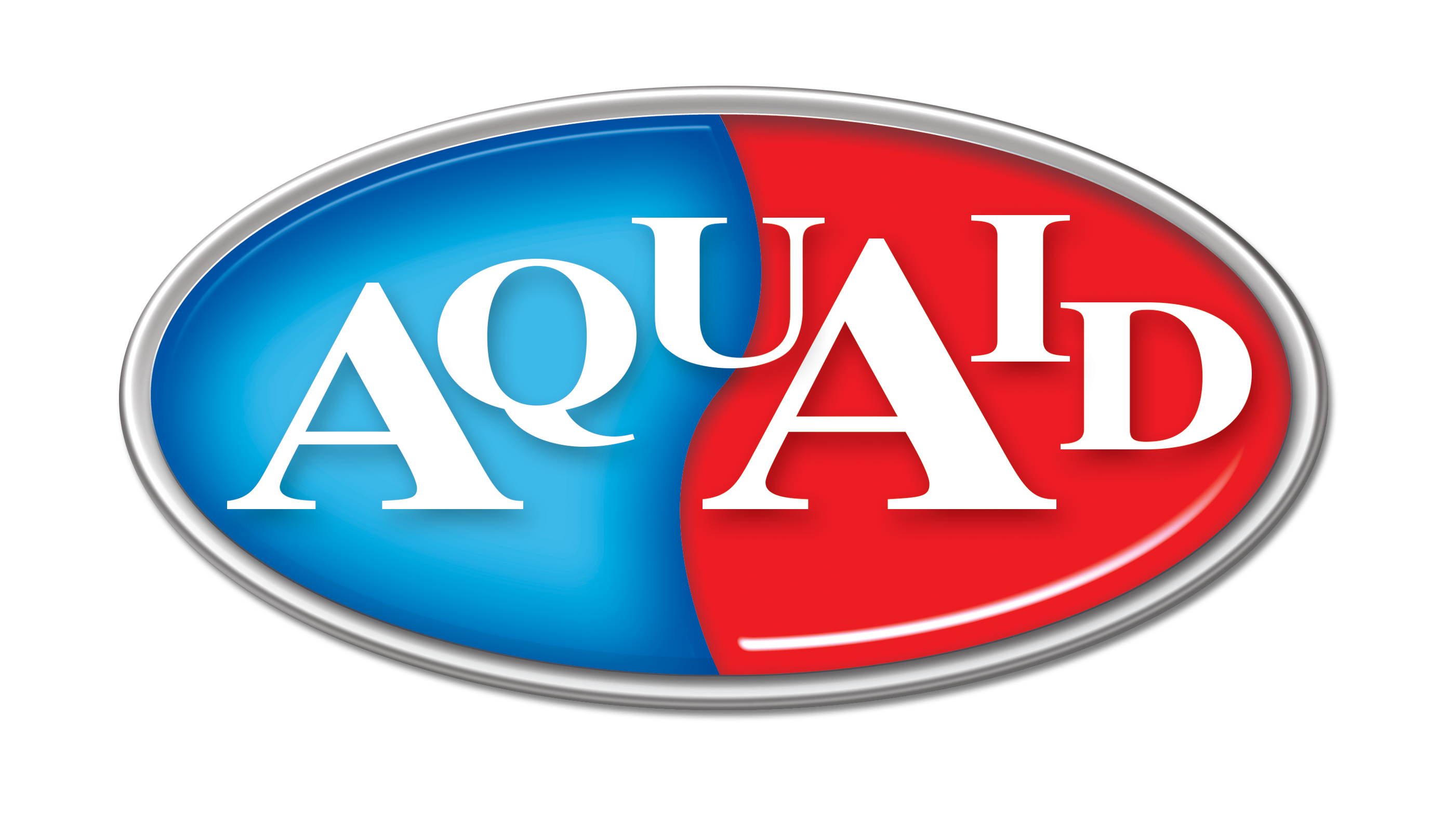





 Why we’re talking islands is because in a recent blog about what to do and where to go this
Why we’re talking islands is because in a recent blog about what to do and where to go this  Eilean Donan is part of the Kintail National Scenic Area, one of 40 in Scotland. In 2001, the island had a recorded population of just one person. The name of the island which means simply ‘island of Donnán’, is named after Donnán of Eigg, a Celtic saint martyred in 617.
Eilean Donan is part of the Kintail National Scenic Area, one of 40 in Scotland. In 2001, the island had a recorded population of just one person. The name of the island which means simply ‘island of Donnán’, is named after Donnán of Eigg, a Celtic saint martyred in 617.